Throughout the history of the Vietnamese nation, through many ups and downs, through thousands of years of building and defending the country, the tradition of studiousness has always been a source of spiritual strength, a foundation that has been promoted and respected in the history of the formation and development of the Vietnamese nation. The education and examination system of our country, to some extent, was started to be built during the period of Chinese domination but developed during the Ly Dynasty and later became increasingly stable and complete with the basic educational and examination content being Confucianism.
At the Hung Vuong Museum of Phu Tho province, in the exhibition section on the tradition of learning in the history of the province, the Museum has built a model of the feudal examination school to recreate the scene of the scholars going to the examination, restored the stele of the Temple of Literature to record the names of the scholars, introduced the entire list of scholars of Phu Tho province who were honored and contributed to the government system of the ancient feudal dynasties. The model of the examination school is to help people have more understanding about the organization of examinations and the form of honor, information about the scholars of the province and the respect for the talented people of our ancestors.
Simulation of the feudal examination school at Hung Vuong Museum, Phu Tho province.
In the year Canh Tuat 1070, King Ly Thanh Tong built the Temple of Literature in the south of Thang Long Imperial Citadel and the first Confucian examination was held in 1075 under the reign of King Ly Nhan Tong. Under the feudal period, especially from the Le dynasty, the Confucian examinations directed by the state were completed and put into order: During this period, every 3 years, the examinations were held once, each examination had 3 exams (Thi Huong, Thi Hoi, Thi Dinh). Each time the Thi Huong and Thi Hoi, the candidates had to go through four stages: am ta (dictation), kinh nghia, tho, phu, chieu, che, bieu (all kinds of official documents), van sach (literature, history and philosophy); in 1404, the Ho dynasty also organized a 5th examination, which was a math and writing exam. The state surrounded a large area of land as an examination school, and such examination schools were all organized by the mandarins of the road, under the supervision of the court and had strict guards. The Imperial examination was an examination held in the capital city, only for those who had achieved the title of Huong Cong (those who passed the 4 exams in the Huong examination) and those who were mandarins but were not Huong Cong were allowed to attend. The Imperial examination selected the Doctors. The three highest titles of the examination system were Tam Khoi including Trang Nguyen, Bang Nhan, Tham Hoa for those who achieved the highest scores in the Dinh examination with candidates being Doctors of the Dinh examination, called the Dinh examination because the examinations were held at the communal houses and temples belonging to the royal citadel of the king. The examination was given by the king himself and the mandarins had their opinions. The history of the Vietnamese examinations lasted 744 years, only for male candidates, from the first examination in 1075 to the last examination in 1919. According to statistics, there were 2,898 people who passed the imperial examinations (from Doctorate and above, including 50 Trang Nguyen) with hundreds of examinations held and the appearance of many talented people contributing to ensuring the prosperity of many dynasties. Those who passed the exam were not only granted many graces by the royal court, but since the 1442 exam, their names were also engraved on the doctoral stele placed at the Temple of Literature in the capital to be remembered forever. Regarding the Military Exam: It existed since the Ly Dynasty, but it was not until the early Le Dynasty that it was organized in a systematic and disciplined manner. In 1478, Le Thanh Tong organized the Do Ti exam in the capital for the army and organized the Military School (Giang Vo So), the candidates were the descendants of civil and military mandarins in the capital; after studying for three years, those who passed this school were appointed as military captains. In 1721, Lord Trinh Cuong opened the Department of Military Studies in Thang Long, and every three years held a military exam (Bac Cu exam). The military exam had two levels: So Cu (equivalent to the Huong exam in literature) and Bac Cu exam (equivalent to the Hoi exam and Dinh exam). The awarding of degrees to those who passed the two martial examinations was also equivalent to the literary examination: Huong Cong, Cu Nhan and Tao Si - Martial Doctor, the highest scorer was called Tuan Si - Martial Doctor. "Those who had Tao Si degrees were allowed to become military officials, to be military governors, and were granted titles of duke, marquis, baron, and baron."
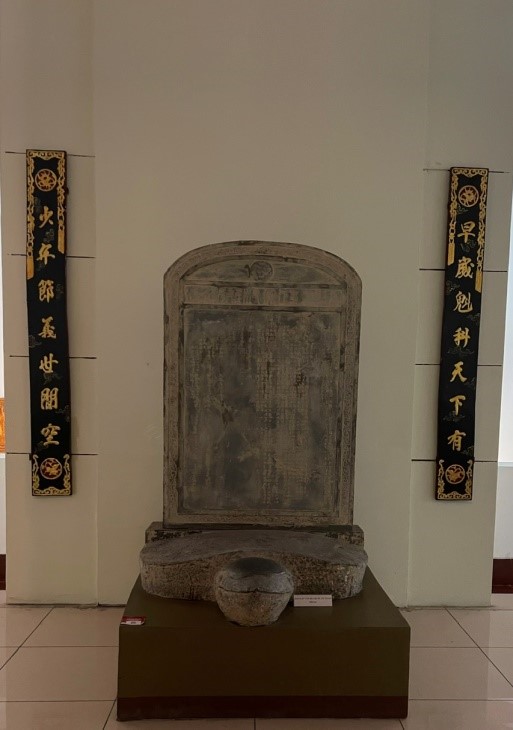
Phu Tho province has many examples of studiousness with children who achieved high results in feudal dynasties: such as the first prize winner Vu Due (Vinh Lai commune - Lam Thao), the first prize winner Nguyen Man Doc (Xuan Lung commune - Lam Thao), the first prize winner Tran Toai (Phuong Lau commune - Viet Tri); the four father and sons of the Dang family (Luong Lo - Thanh Ba), including Dang Minh Khiem, a great poet of the nation, and many other scholars who have brought glory to posterity, worthy of their ancestors. Besides, Phu Tho also has many studious villages, the most typical of which is Xuan Lung village (also known as Dong village) with over 300 doctors through the ages, whose achievements in the examinations are still preserved in 29 communal houses of the local clans.
Some typical examples of studiousness in Phu Tho province in feudal history include:
*Trang Nguyen Vu Due (Vinh Lai commune - Lam Thao) : Trang Nguyen Vu Due's real name is Vu Nghia Chi, he is from Trinh Xa village, Son Vi district, Son Tay town, now Trinh Xa village, Vinh Lai commune, Lam Thao district. According to folklore, he was an intelligent child, born into a poor family, at the age of 7 he could read, write and write poetry, people called him "Seven-year-old prodigy". Because his family was poor and could not afford to go to school, he found every way to study such as using fireflies as study lamps, using young bricks as chalk, using the communal house yard as a writing practice, looking after his younger siblings and secretly learning from his teacher. After once answering his teacher's question while standing outside the classroom window, making his classmates and teacher admire him, his teacher changed his name to Vu Due to praise his talent as an intelligent student and from then on he was given favorable conditions and help in his studies. In the Canh Tuat examination in 1490 under the reign of King Le Thanh Tong, Vu Due was ranked first in the class, and was awarded the title of Trang Nguyen by the king, along with a prophecy recorded in official history: "If there is a change in the country in the future, we will have to rely on this person." That year, he was 22 years old. He was appointed to the position of Tham Chinh of Hai Duong. He served 6 kings of the Le dynasty in more than 30 years of his official career: Le Thanh Tong, Le Hien Tong, Le Tuc Tong, Le Uy Muc, Le Tuong Duc, Le Chieu Tong. During the struggle for power between the Mac dynasty and the Le dynasty, to express his loyalty to King Le Chieu Tong, he committed suicide by jumping into the sea. Later, when Le Huyen Tong defeated the Mac dynasty, he was ranked first among the 13 loyal subjects who died for their country. His remains were brought back to his hometown for burial.
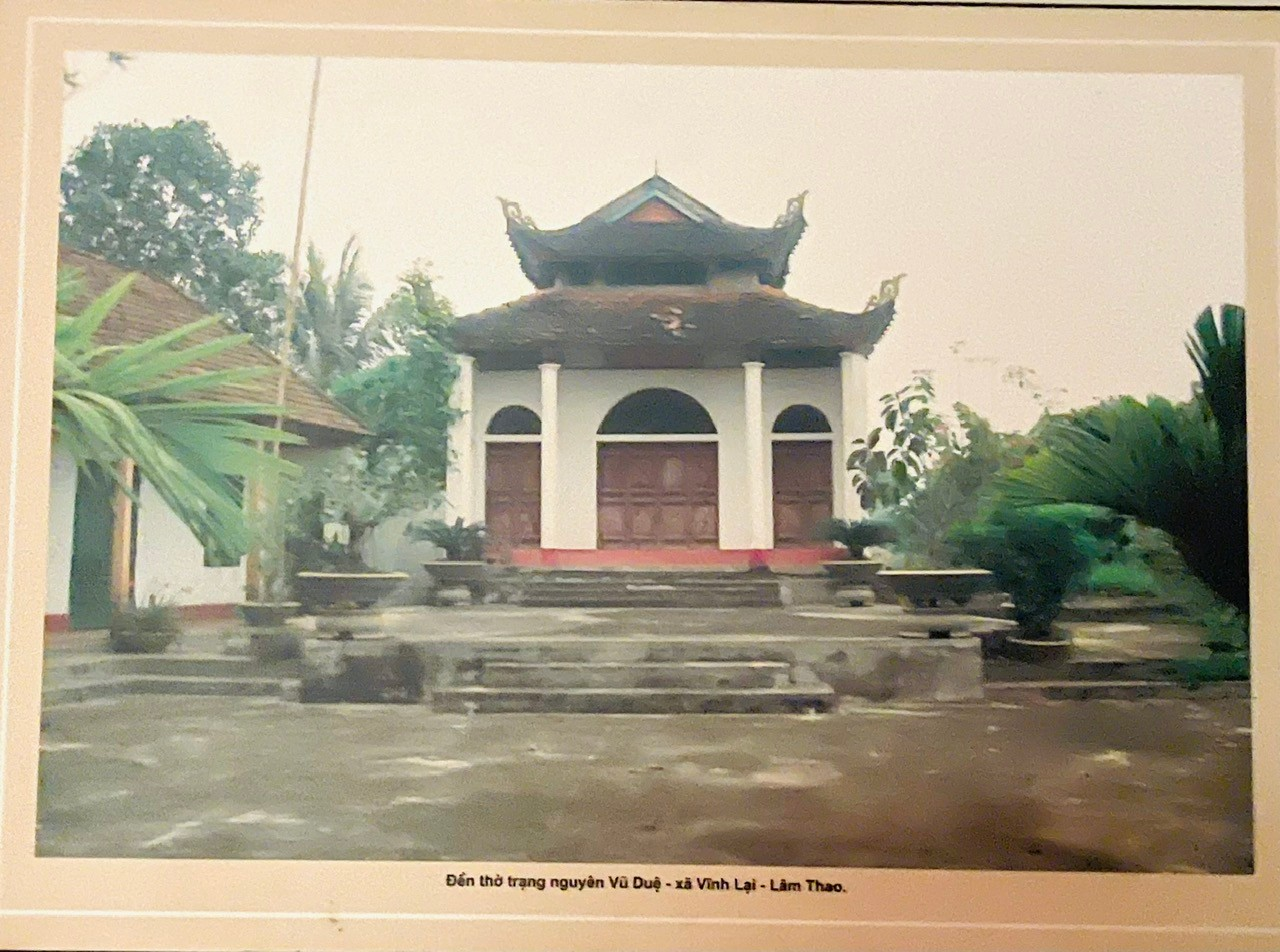
* Nguyen Man Doc (Xuan Lung commune - Lam Thao)
The first-ranked Nguyen Man Doc was born in 1492 in Dong village, Xuan Lung commune, Lam Thao district, Phu Tho province. He was the son of the Minister of Personnel Nguyen Doan Cung. He passed the first-ranked exam in 1518 (26 years old) under King Le Chieu Tong, and held the position of Secretary of the Academy. In 1522, at the age of 30, he participated in the uprising "Phu Le, Kiet Mac". His righteousness was recognized by the dynasties as a loyal subject, loyal to the king and patriot, and he was awarded many times and posthumously awarded the titles of Tiet Nghia Dai Vuong - Thuy Nha Luong - Thuong Dang Phuc Than. In the year Dinh Mui (1667), King Le Huyen Tong ordered the construction of a mausoleum and temple to establish "Tiet Nghia Tu" in his hometown. The couplets were given by the king: “ Tào tuế khôi khoa thiên hạ hữu- Thiếu niên kiện nghĩa thế giới vô ” meaning “Those who pass the exam early will have people in the world, those who are young and loyal will have no one in the world” or “Thần trung tử Hiếu Cương Thường Tại- Địa Hiếu Thiên Lưu Tiết Nghĩa Trường ” meaning “The subjects are loyal, the children and grandchildren are filial; The moral principles remain, the loyalty and righteousness are lasting” are still preserved at the Institute of Han Nom in Chinese and Vietnamese. Successive dynasties all bestowed titles on the first-ranked Nguyen Man Doc, with a total of 12 royal decrees. He was specially appointed Thanh Hoang of Xuan Lung village and his native village. In the 21st century, his shrine was ranked as a national historical relic by the Ministry of Culture with the desire to remember, set an example and promote the tradition of studiousness in his native land of Xuan Lung.
Photo of the temple of Bang Nhan Nguyen Man Doc on display at the Hung Vuong Museum
The Hung Vuong Museum restored and displayed a model of the stele at the Temple of Literature - Quoc Tu Giam honoring the Nguyen Man Doc label. In 1667 (Dinh Mui), the 5th year of Canh Tri's reign, King Le Huyen Tong allowed the establishment of "Tiet Nghia Tu" in his hometown to commemorate his great contributions. At the Temple of Literature - Quoc Tu Giam, on stele number 13, his name is engraved - Nguyen Man Doc, the title of doctorate in Mau Dan, Quang Thieu 3. The stele consists of 3 parts: Stele forehead, stele body and stele base. The top part called Stele forehead has an arched frame, carved with sophisticated patterns, in the middle is a circle symbolizing the sun, around the sun are many rays of light in the shape of flames and clouds. The body of the stele is rectangular, surrounded by a wide frame, engraved with words on two sides, one side in Chinese characters, the other in Vietnamese, with the names, hometowns, years of birth, years of death, years of passing the exams, and positions of the Doctors. The last part is the stele base, each stele is placed on the back of a turtle. According to our ancestors' concept, the turtle is one of the four sacred animals (dragon, unicorn, turtle, phoenix) that live long and healthy. The stele placed on the back of a turtle symbolizes honoring talented people and eternal life.
*Tran Toai's list of famous people (Phuong Lau commune - Viet Tri)
Tran Toai is one of the two first-class doctoral graduates of Phu Tho province. He is a typical example of studiousness, known as a child prodigy overcoming difficulties. He is from Phuong Lau commune, Phu Ninh district, Tam Dai prefecture, Son Tay town, now Phuong Lau commune, Viet Tri city. Tran Toai's original name is Tran Tuy, he is the son of a poor farming family, his father is a woodcutter, his mother is a crab and snail hunter. As a child, he had to go to school and catch crabs and snails at the same time. He studied by writing on the floor with charcoal, and at night he caught fireflies and put them in a glass jar to use as a lamp to study. Tran Toai passed the third examination and became an official under King Mac Dang Doanh in the third examination of the year Mau Tuat, 1538. At the Hoi examination held in the spring, he ranked second in the list of 36 doctors from more than 4,000 candidates. He passed the exam at the age of 25 and became an official to the position of Thi Thu at the Academy.
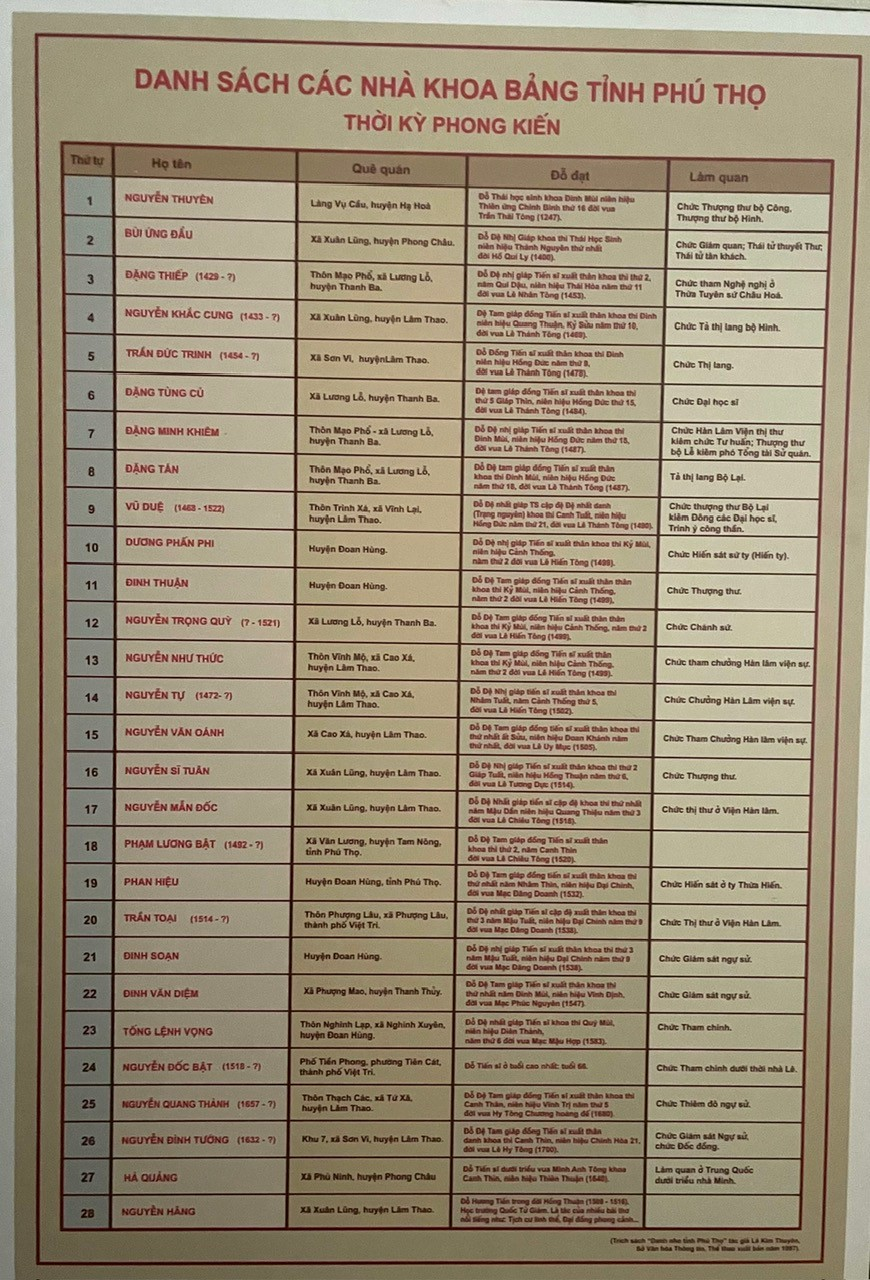
In addition to the above-mentioned outstanding scholars, the state and the central feudal government have honored many other scholars of Phu Tho province, who have contributed their efforts, talents and intelligence to the management and development of the country. Phu Tho province in particular and the whole country in general have continued to preserve, maintain and promote the precious traditions of the spirit of studiousness, respect for talented people, and love for the homeland that our ancestors left for their descendants with the desire to build the country more and more beautiful.
Nguyen Thi Bich Vien
Hung Vuong Phu Tho Museum
Source: http://svhttdl.phutho.gov.vn/tin/truyen-thong-hieu-hoc-tren-vung-dat-to-thoi-phong-kien-tu-chu-qua-trung-bay-tai-bao-tang-hung-vuong_4078.html


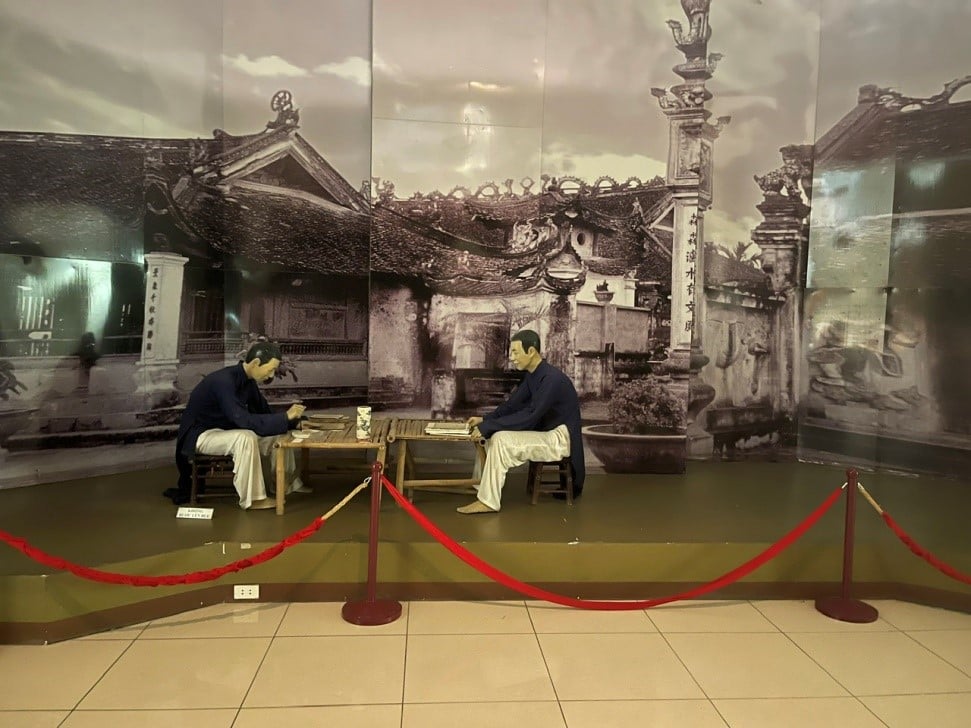

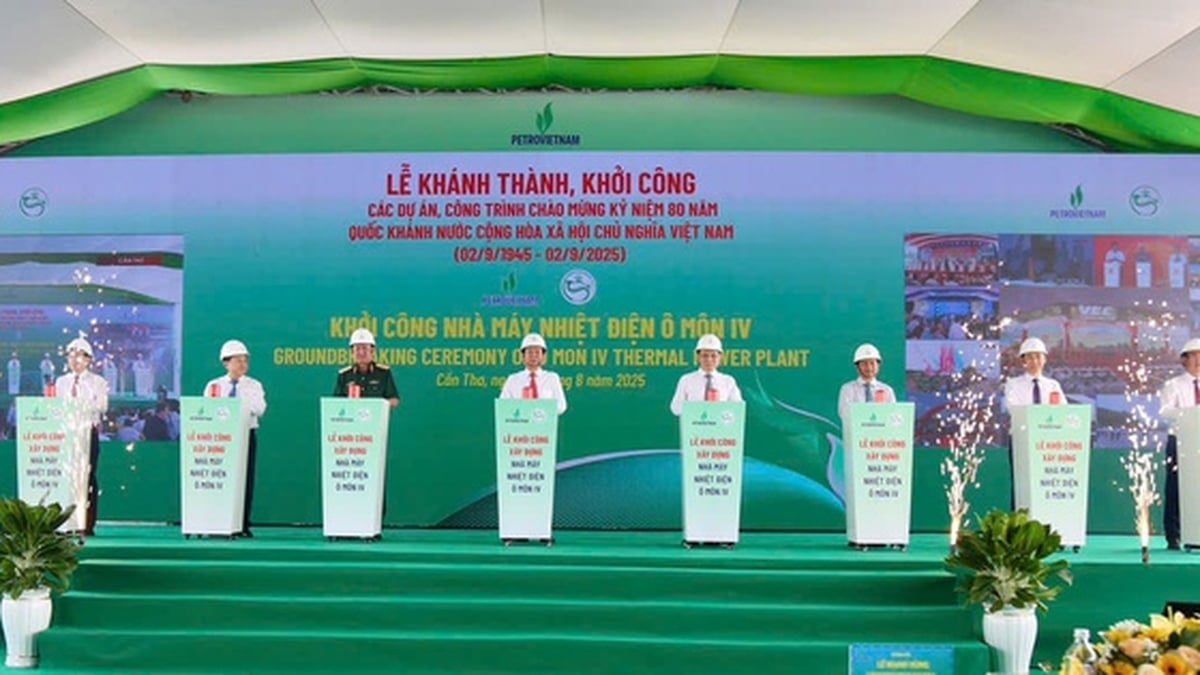

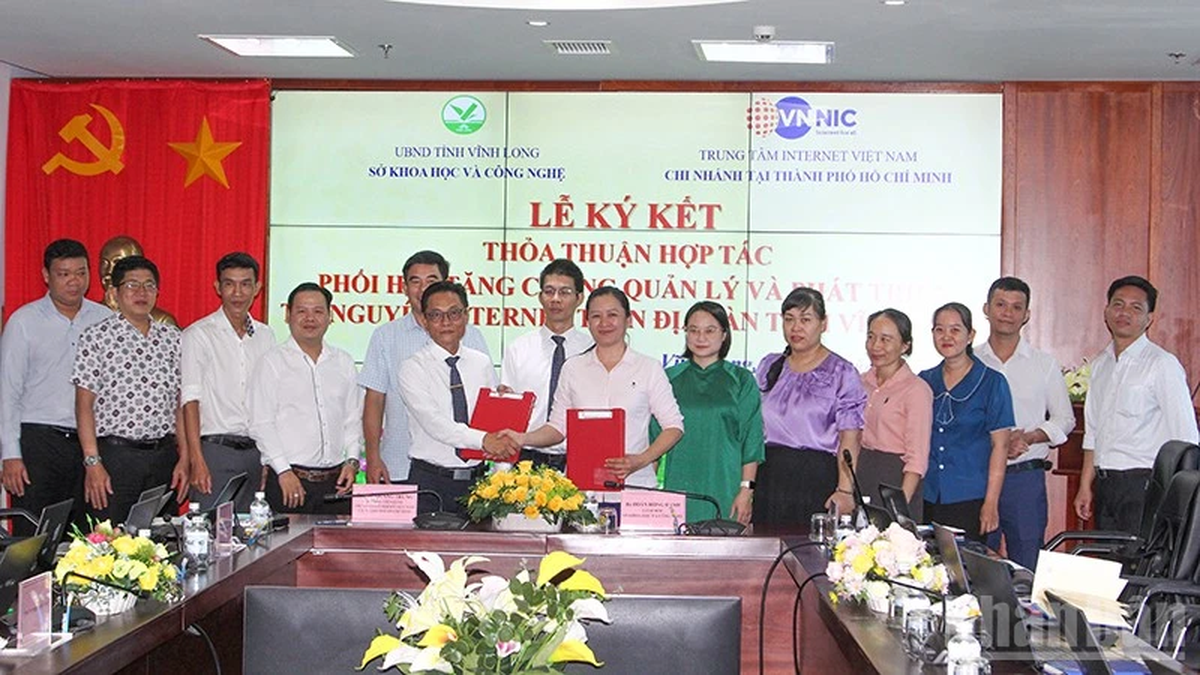
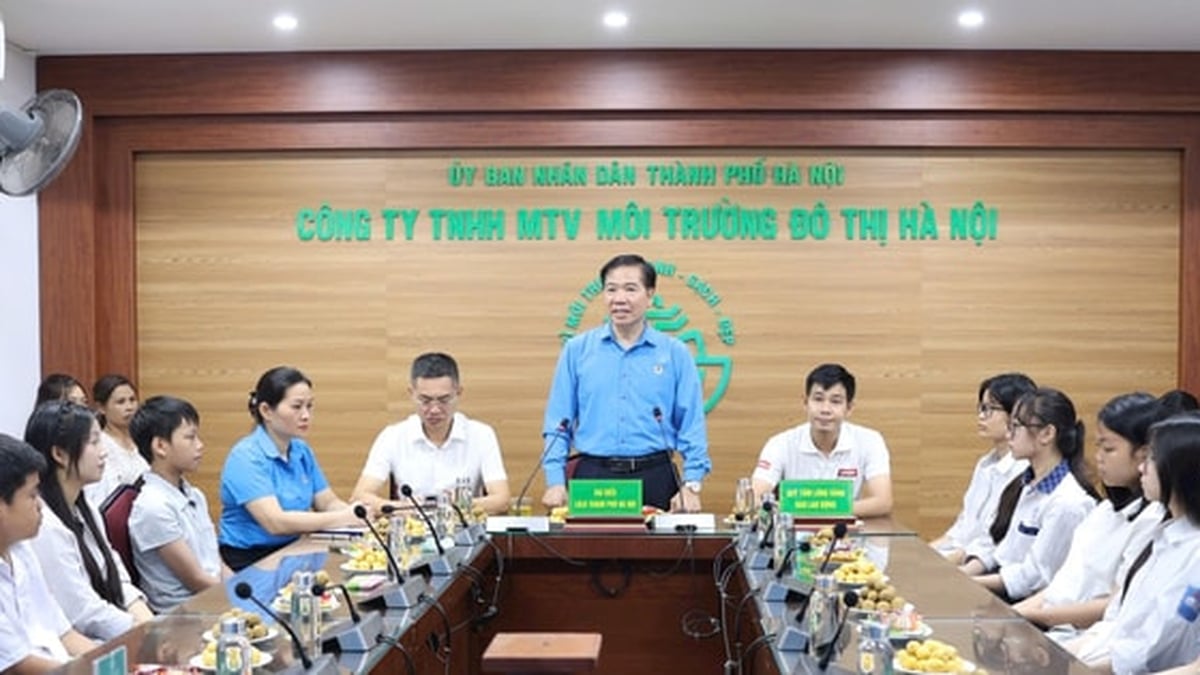
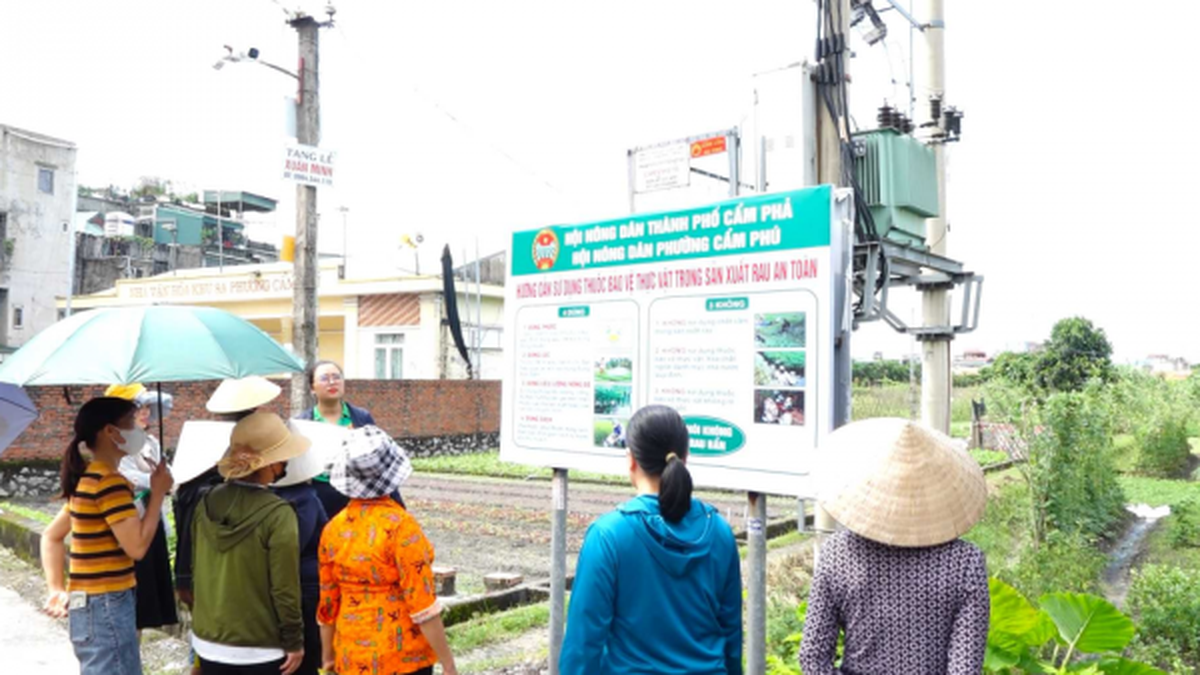
![[Photo] President Luong Cuong's wife and Queen of Bhutan visit Tran Quoc Pagoda](https://vphoto.vietnam.vn/thumb/1200x675/vietnam/resource/IMAGE/2025/8/19/62696af3852a44c8823ec52b03c3beb0)

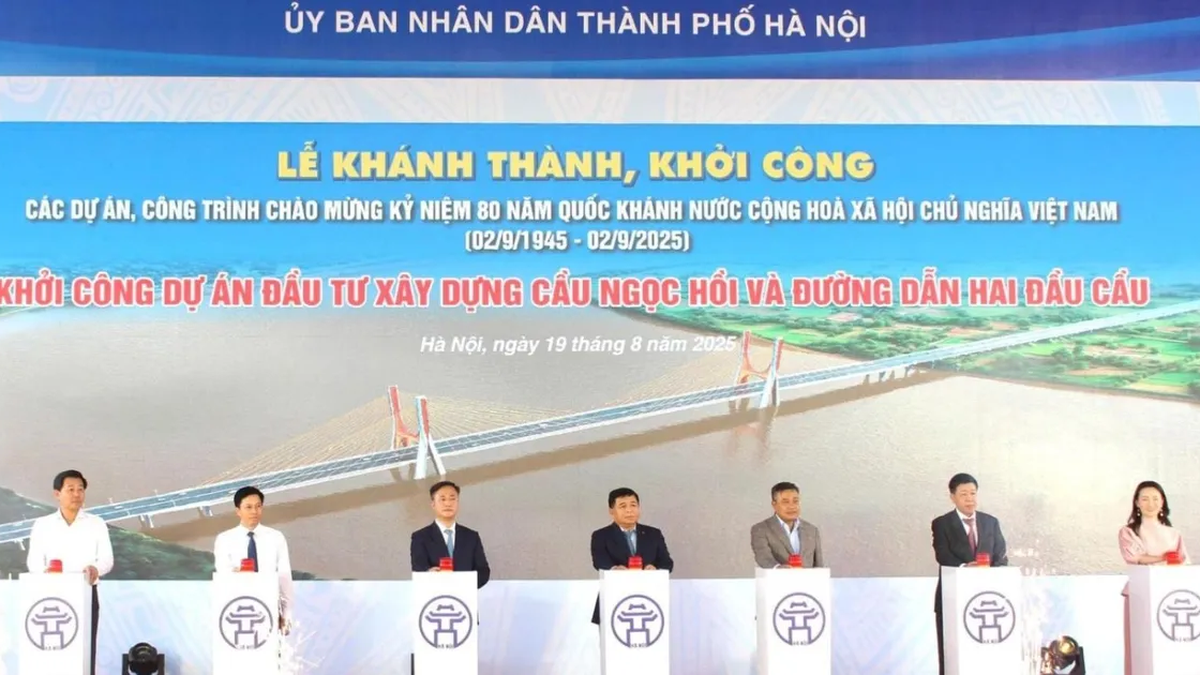

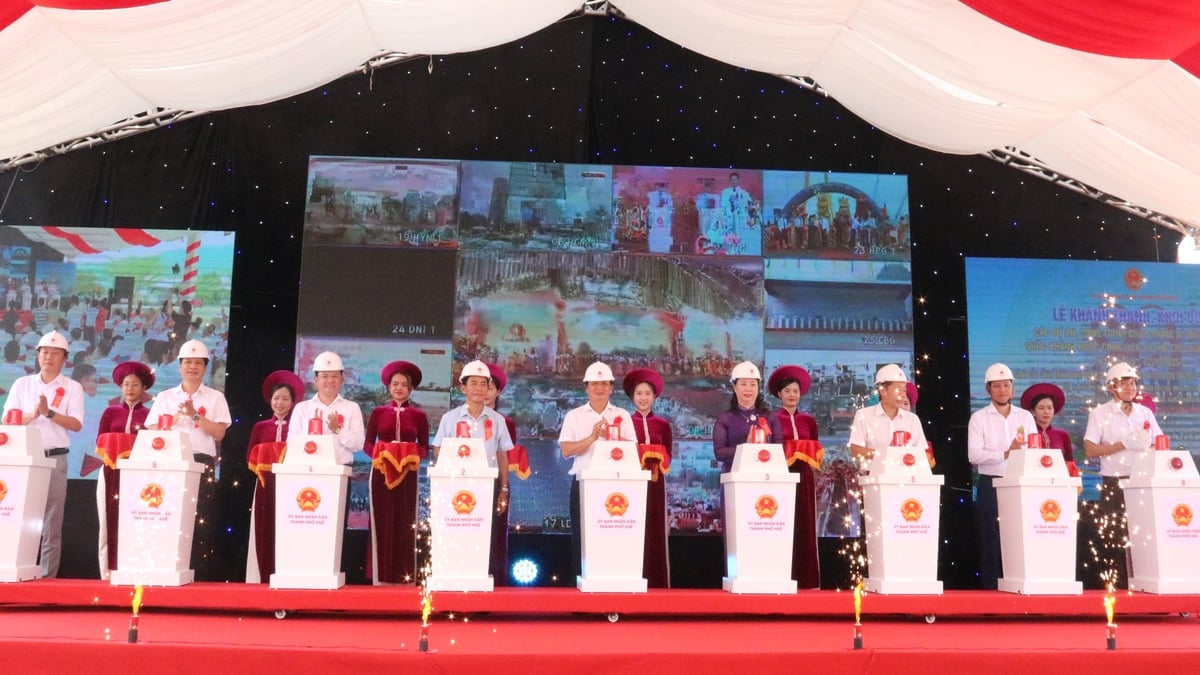

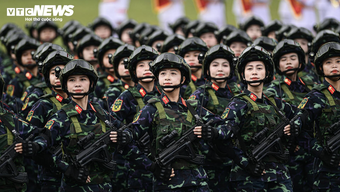
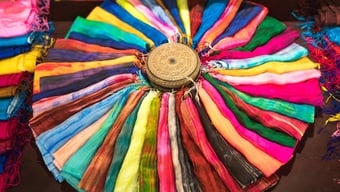


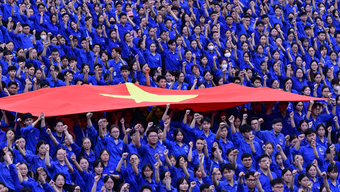

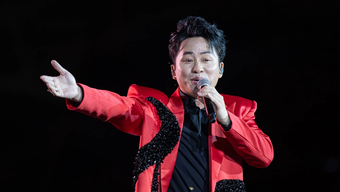


![[Photo] Close-up of the first International Financial Center building in Ho Chi Minh City](https://vphoto.vietnam.vn/thumb/1200x675/vietnam/resource/IMAGE/2025/8/19/3f06082e1b534742a13b7029b76c69b6)
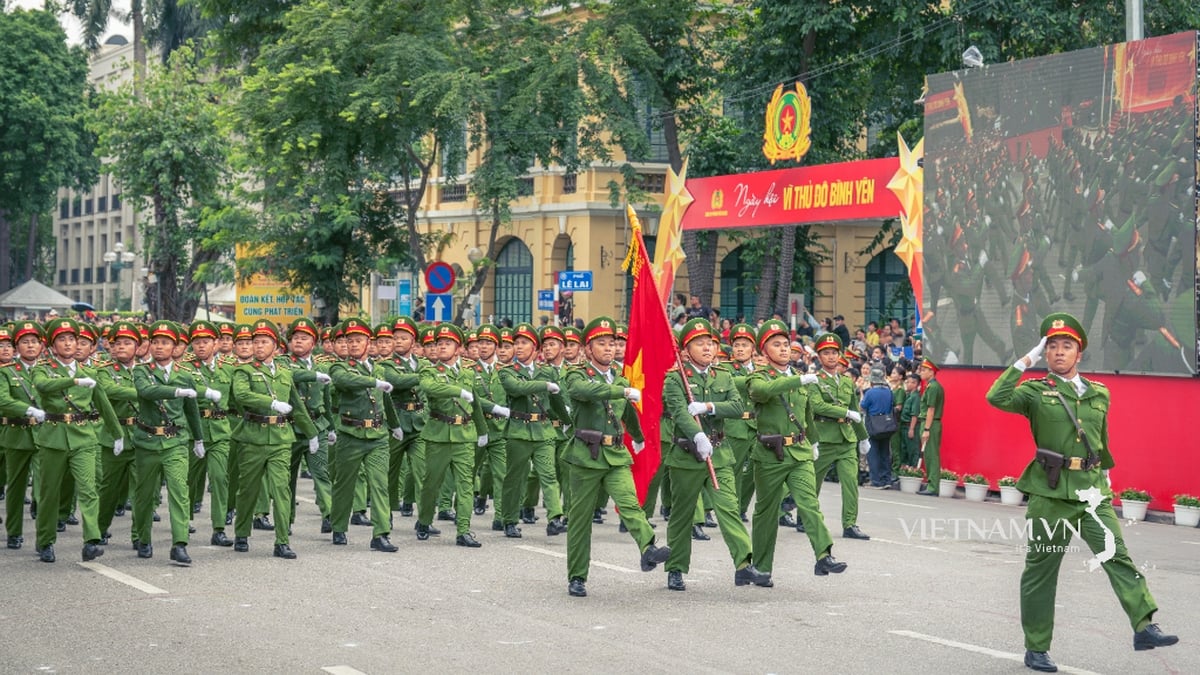
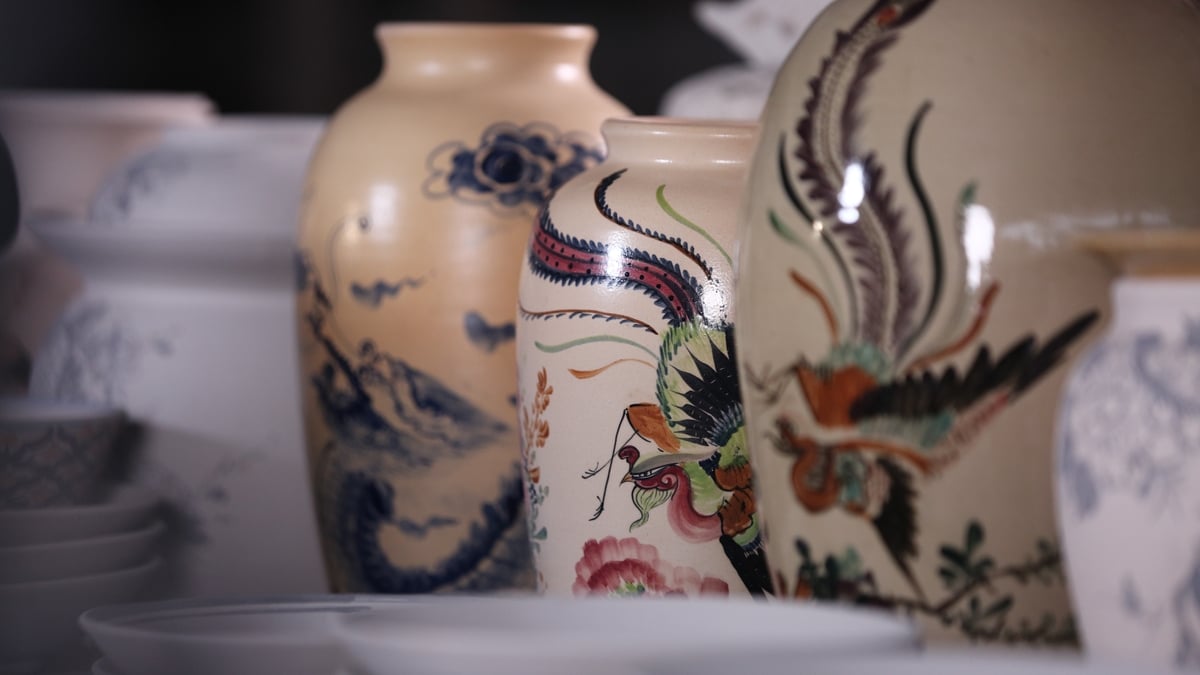
![[Photo] General Secretary To Lam and President Luong Cuong attend the handover ceremony of the Presidential Office Headquarters](https://vphoto.vietnam.vn/thumb/1200x675/vietnam/resource/IMAGE/2025/8/19/a37cfcbd301e491990dec9b99eda1c99)
![[Photo] President Luong Cuong holds talks with King Jigme Khesar Namgyel Wangchuck of Bhutan](https://vphoto.vietnam.vn/thumb/1200x675/vietnam/resource/IMAGE/2025/8/19/c30721857ff84d7cbd498ddaee712ad3)

![[Photo] General Secretary To Lam attends the inauguration and groundbreaking ceremony of 250 projects to celebrate National Day](https://vphoto.vietnam.vn/thumb/1200x675/vietnam/resource/IMAGE/2025/8/19/3aa7478438a8470e9c63f4951a16248b)
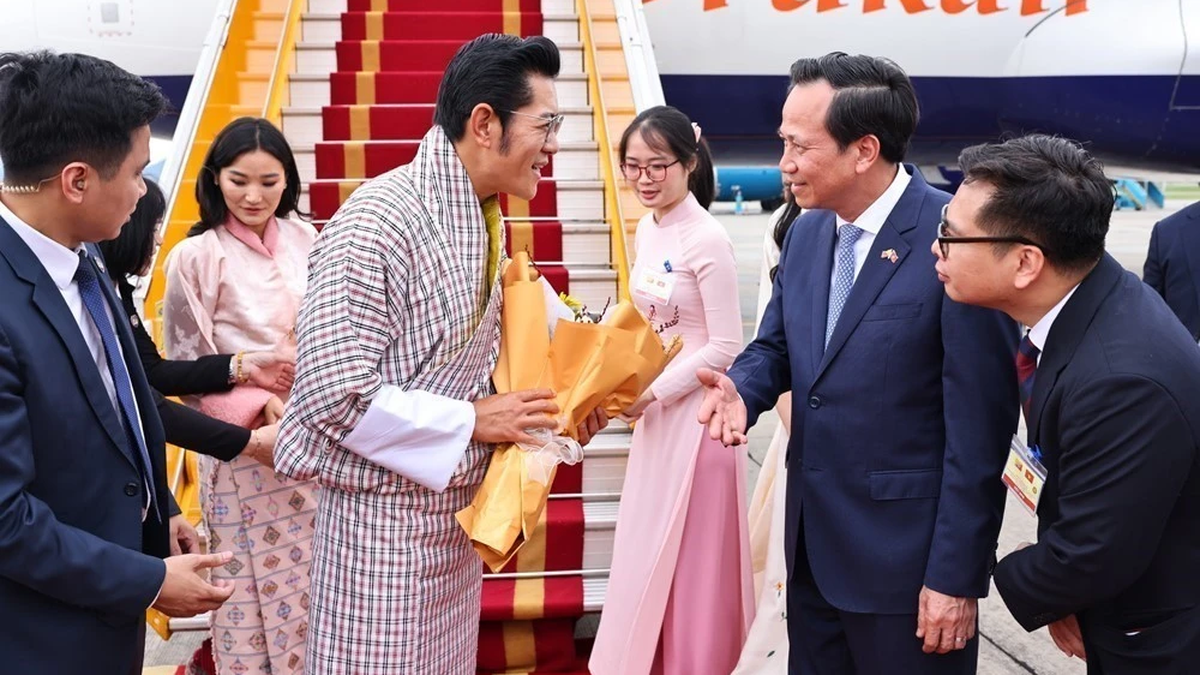

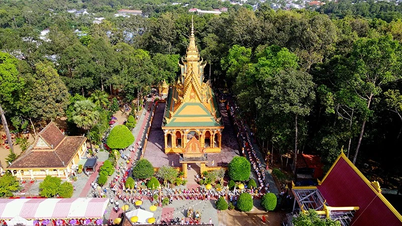

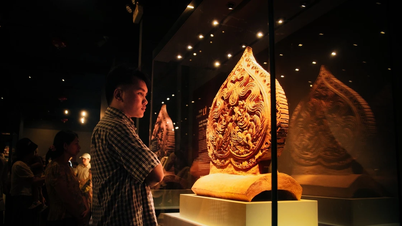









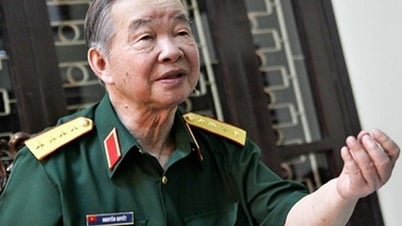

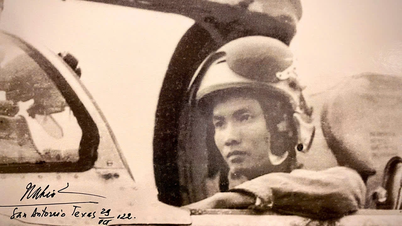





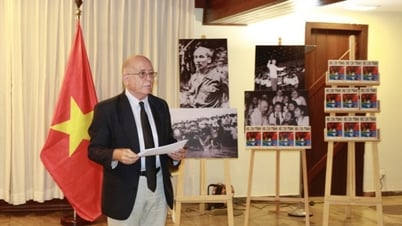








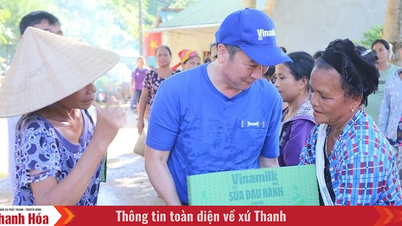



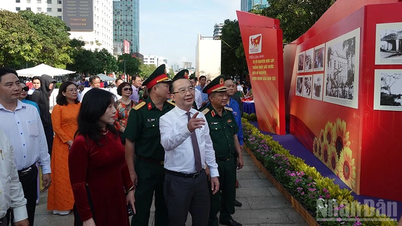










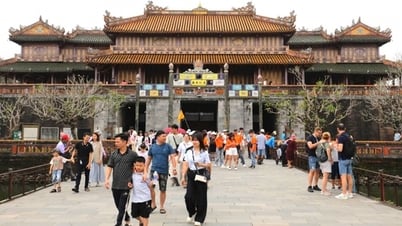













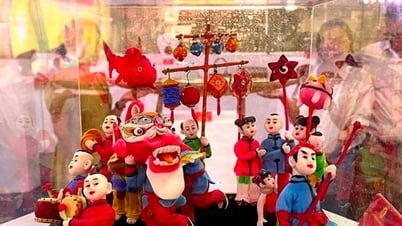
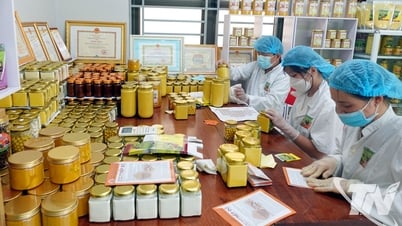









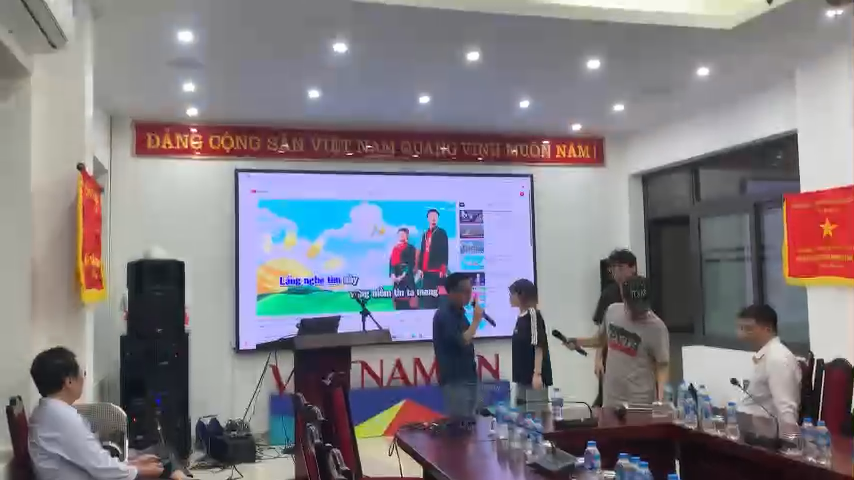
Comment (0)